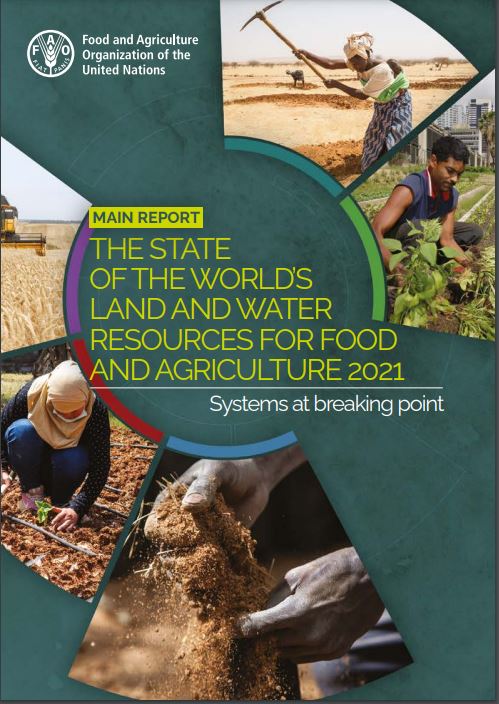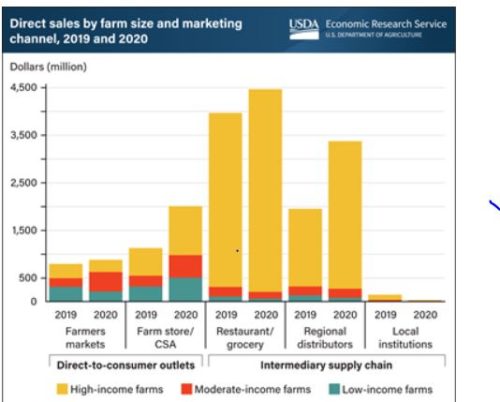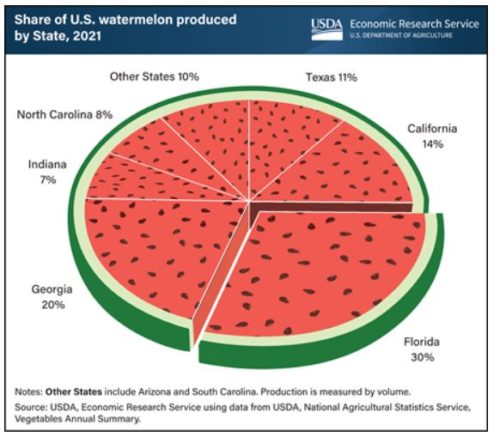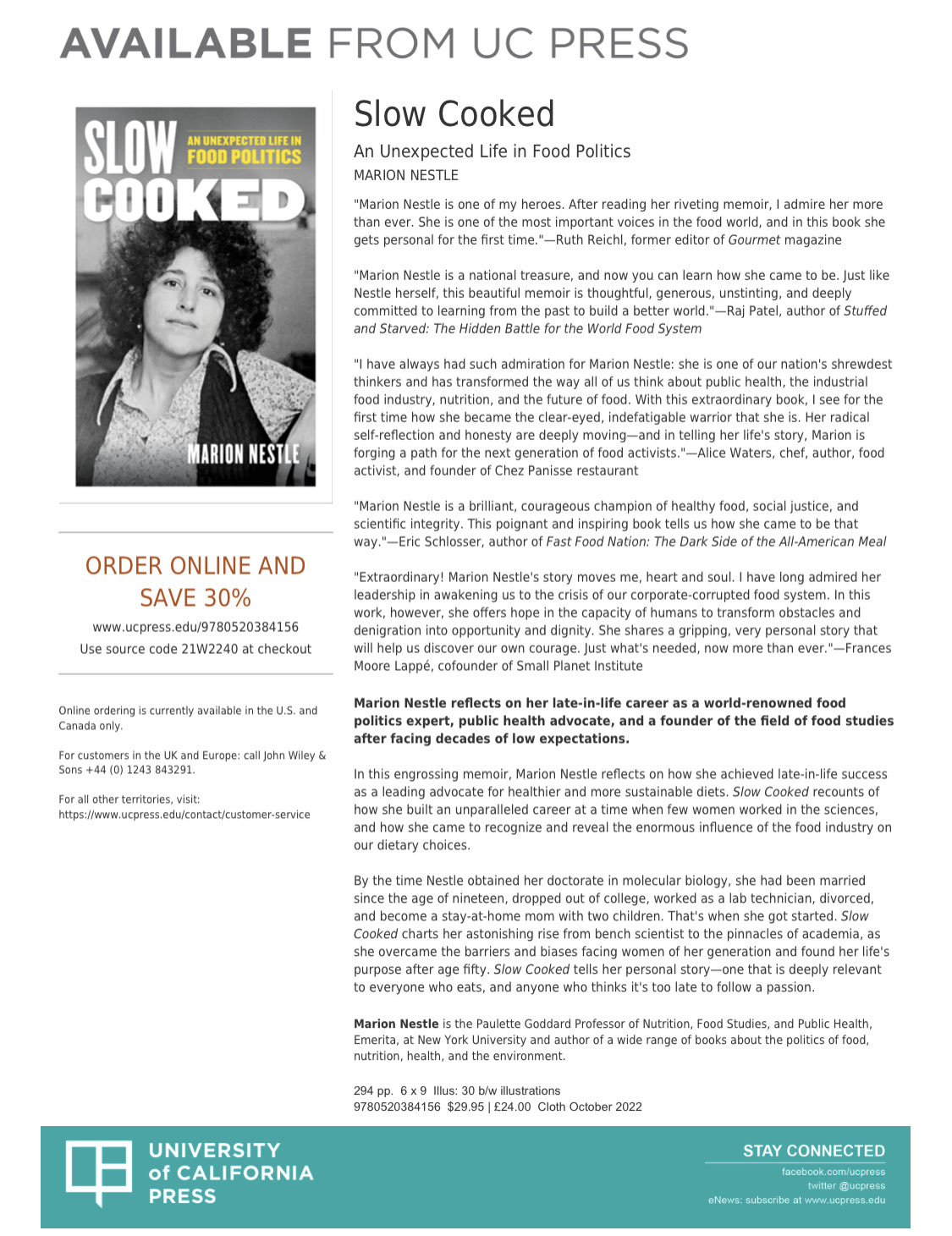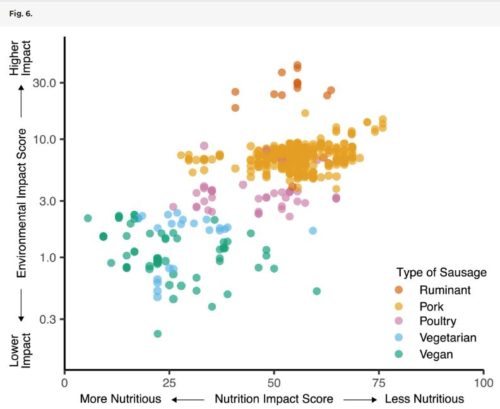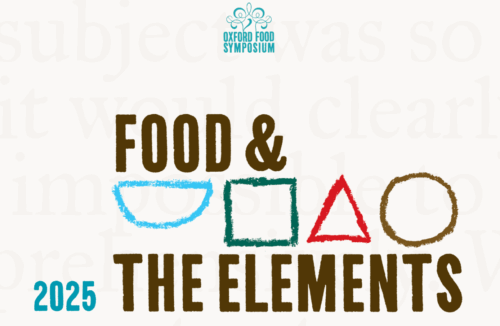Conflicted interests of the week: the Dairy Council and nutrition scientists
I was interested to see this article in Hoard’s Dairyman: Bringing dairy research to thought leaders.
It explains how food trade associations build relationships with nutrition scientists.
The article discusses the role of the National Dairy Council (NDC) , in getting research on the benefits of dairy products “into the hands of our science-based colleagues around the country and even globally.”
This is why NDC circles various conferences and meetings on our calendar where we present dairy research and continue establishing relationships with credible third-party organizations.
One of the most important groups is the American Society for Nutrition (ASN)…ASN is the world’s largest nutrition science organization with about 7,000 members from more than 100 countries representing the academic, government, and private business sectors. Many ASN members embody the next generation of scientists and it’s critical we get to know each other.
The article goes on to explain how the NDC:
- Worked to ensure that the latest dairy science was part of this year’s ASN agenda.
- Led a symposium on dairy’s components and cardiovascular health and diabetes.
- Presented on dairy’s unique nutrient package
- Holds leadership positions within ASN.
But:
ASN is just one stop for NDC. We’ll also be involved with conferences hosted by other key organizations, such as the Mayo Clinic, Institute of Food Technologists, International Dairy Federation’s World Dairy Summit, Institute for the Advancement of Food and Nutrition Sciences, and others.
I am a member of ASN and have long been concerned about its too cozy relationships with food companies and their trade associations. I eat dairy foods and think they have a reasonable place in healthy diets, but they are not essential to human health. Research debates on dairy products continue, and the close involvement of the NDC in a nutrition professional association compromises the independence of that association.
When I complained about the inherent conflicts of interest in such relationships, ASN officials explained that they want the association to be inclusive, a “big tent.”
Inclusivity is nice, but in this case the benefit goes more to the NDC than to the ASN.
Hoard’s Dairyman is not something I usually see, so I thank Lynn Ripley for sending.
************
Coming soon! My memoir, October 4.
For 30% off, go to www.ucpress.edu/9780520384156. Use code 21W2240 at checkout.


